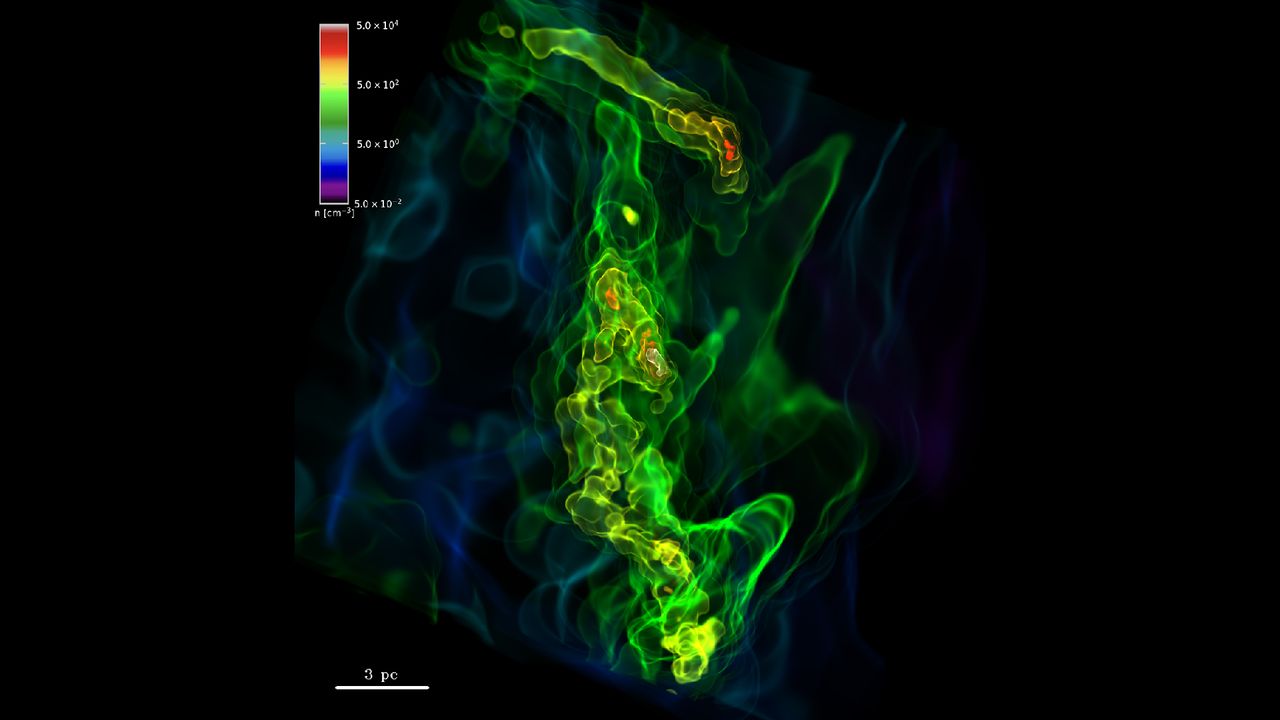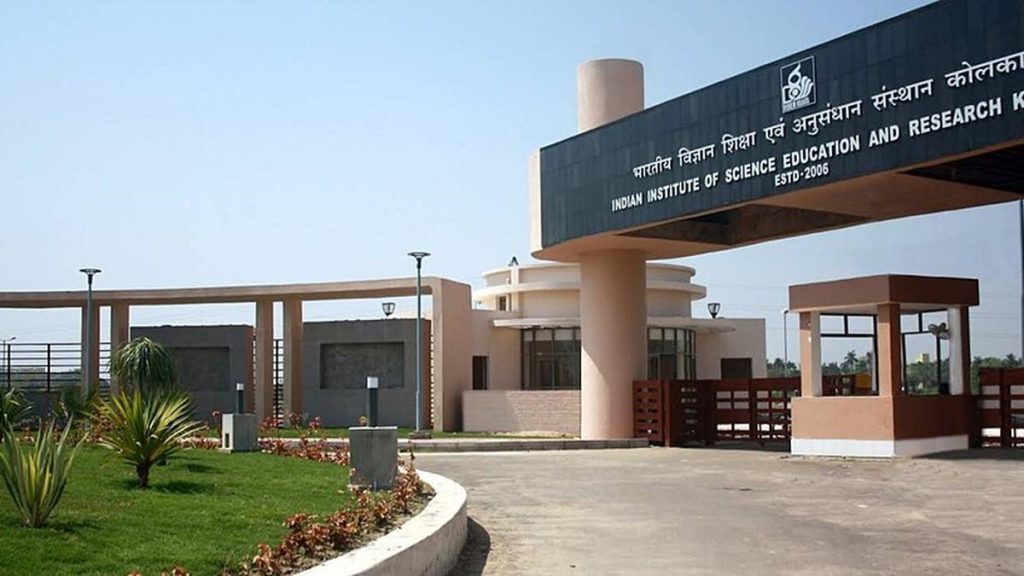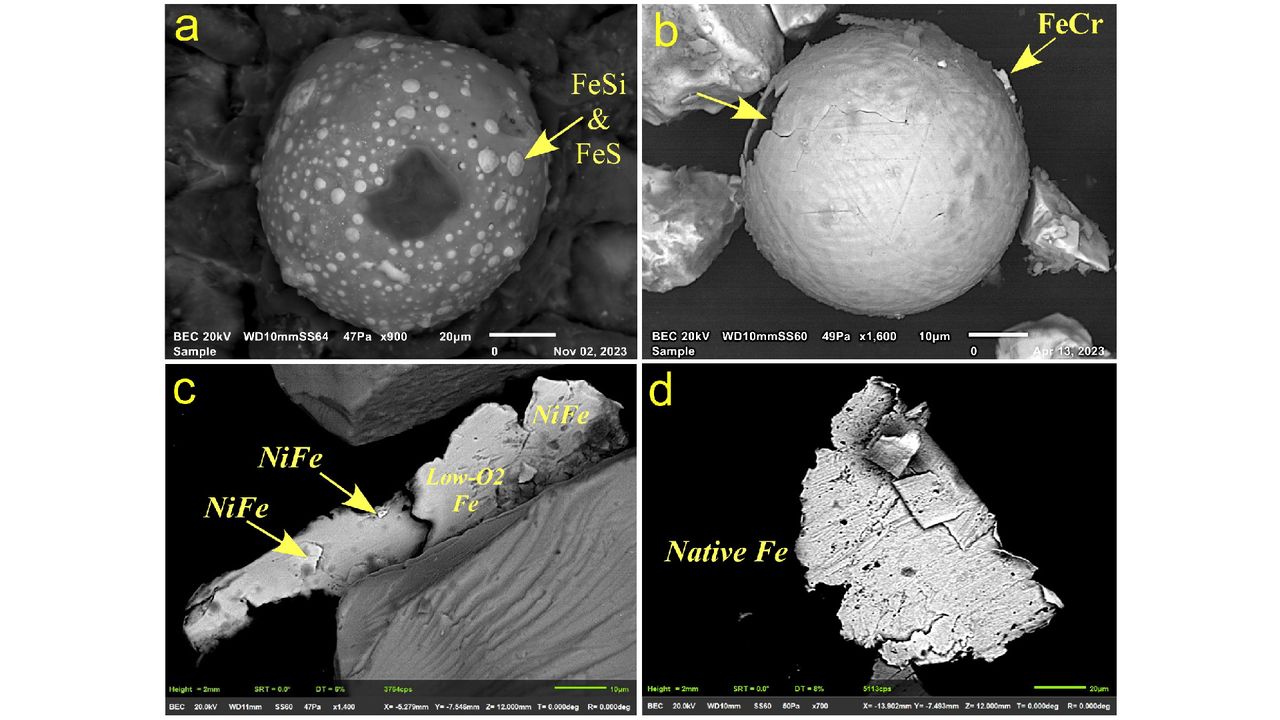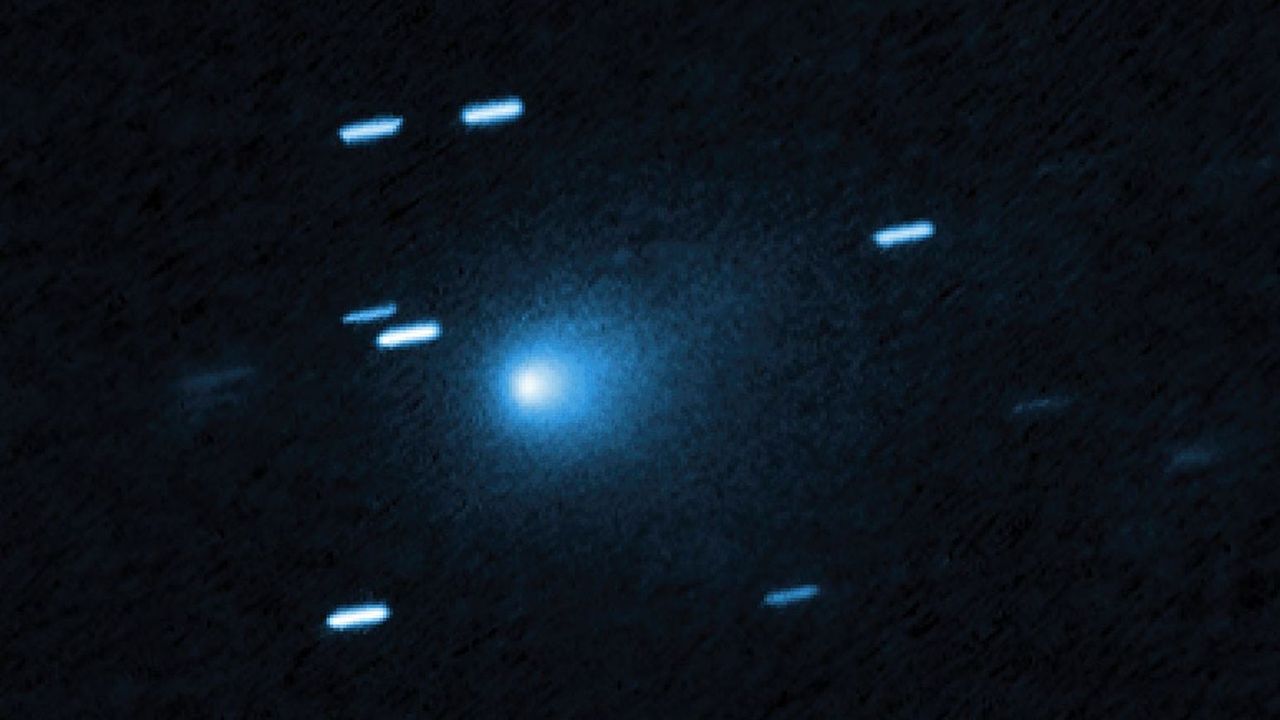Now Reading: Scientists Uncover Clues to Missing Traces of the Universe’s First Stars
-
01
Scientists Uncover Clues to Missing Traces of the Universe’s First Stars
Scientists Uncover Clues to Missing Traces of the Universe’s First Stars

Speedy Summary
- New research suggests the first stars in the universe were smaller than previously thought, possibly explaining their lack of detectable remnants.
- Early stars formed in turbulent environments inside massive gas clouds with supersonic turbulence at speeds five times that of Earth’s sound barrier.
- Simulations using Gizmo simulation code observed gas fragmentation into clumps. Thes small clumps led to less massive stars, contradicting previous assumptions about 100-solar-mass behemoths forming as solitary supergiants.
- The findings indicate early supergiant stars likely formed within stellar clusters rather than in isolation.
- This research highlights the critical role early stars played in shaping galaxies like the Milky Way and improving our understanding of solar system origins.
- The dark matter minihalo, a dense structure 10 million times the mass of our sun, was a focal point for simulating conditions from 13.8 billion years ago during “the cosmic dawn.”
- Simulations also revealed that violent gravitational forces created turbulent regions where star-forming gases clustered into smaller masses.
- Future research will include studying magnetic fields and their potential influence on early star formation.
!Simulation Image
Caption: A simulation showing gas clumps ready to form an eight-solar-mass star.
!Dark Matter Minihalo
Caption: Stages of gas movement within a dark matter minihalo.
Indian Opinion Analysis
This study represents meaningful progress in decoding the origins of celestial structures fundamental to modern astronomy and could enhance future studies utilizing advanced tools like NASA’s james Webb Space Telescope. For India’s growing space science programs such as ISRO initiatives and university-led astrophysical projects, these findings underline how multidisciplinary approaches (e.g., simulations combined with observation) can aid scientific exploration. Understanding how cosmological phenomena shaped systems like our solar system provides foundational knowledge beneficial for indigenous advancements in astrophysics.
Moreover, collaborative global efforts showcased by this research demonstrate pathways for Indian scientists to engage deeper with international astronomy networks-leveraging shared resources while contributing unique expertise from Indian centers aligned with projects decoding ‘cosmic dawn’ timelines.

























